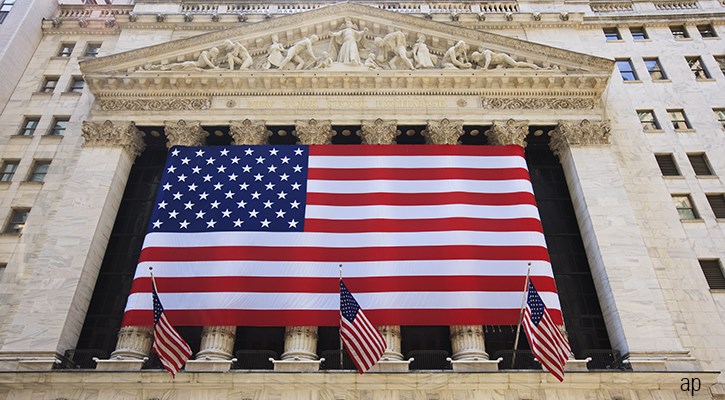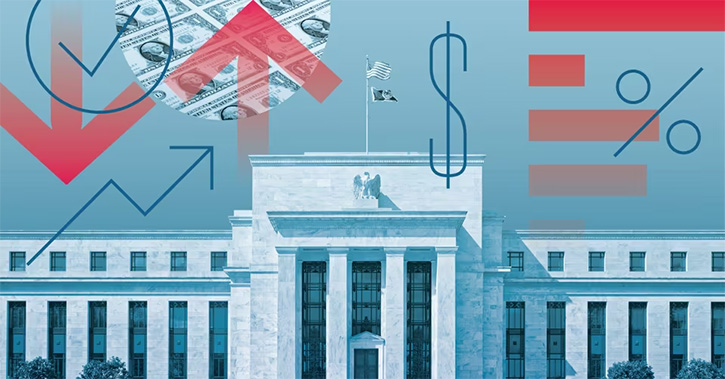
After several months of dour data rolling in for the US and global economies, the surprisingly positive US jobs report on June 5 and retail sales report on 16 June have given investors a glimpse of a recovery from the coronavirus.
For the US in particular, an economic recovery from trough April levels is clearly under way, thanks to lessened social distancing plus unprecedentedly large fiscal stimulus. These factors should continue to play out in the second half of 2020, but there will be some bumps on the road to recovery.
Morningstar analyst Preston Caldwell expects broad vaccine availability in the first half of 2021, clearing the way for a full normalisation of economic activity in the US and abroad. In the meantime, fiscal stimulus is playing a crucial role in limiting the knock-on economic damage from the virus.
Unexpectedly, private income has actually surged thanks to the stimulus. A good deal of the extra income is supporting spending, but the saved portion is bolstering household and firm balance sheets, which should lay the groundwork for a robust recovery.
So far, signs of long-run economic damage appear small, as evidenced by the rapid rebound in employment in hard-hit industries in May. We expect robust catch-up growth in the years following 2020. By 2024, we think that the US GDP level will recover to just 1% below our pre-Covid-19 expectation.
Key Takeaways
We expect US GDP to fall 5.1% in 2020. This is far worse than the Great Recession (or global financial crisis). Before jumping to pessimistic conclusions, however, investors should consider a much more important issue: What is the recovery going to look like? We expect robust catch-up growth in the years following 2020. By 2024, we think that the US GDP level will recover to just 1% below our pre-Covid-19 expectation.
The lessons of historical recessions portend positively for a strong recovery after the Covid-19 recession. Our recent analysis showed that many recessions don't have a long-run negative impact on the economy. The worst recessions in terms of long-run impact are generally the product of persistent economic policy error. Crucially, economic policy response has been extremely impressive so far in 2020, especially the US's historically large fiscal stimulus.
Broad indicators of US economic activity show a double-digit drop in activity so far in the second quarter. In particular, the plunge in personal consumption (19% through April) dwarfs the Great Depression drop, as consumer services spending has seen an unprecedented fall driven by social distancing. While the May rebound in retail sales points to an aggressive recovery in consumer goods spending, consumer services accounts for 70% of total consumer spending and is likely to still be down double digits in May.
Fiscal stimulus is already lifting up US economic activity substantially. Stimulus provided a massive boost to personal disposable incomes in April. Though much of the extra income was saved, more detailed analysis shows that the stimulus payments still boosted spending. Meanwhile, the extra savings means that household and firm balance sheets will be in good shape to spend more as the economy recovers.
For the US, we think growth will plummet 10.6% in the second quarter of 2020. This is in line with consensus. But compared with consensus, we expect a quicker recovery in the second half of 2020 and in 2021. We expect the level of US real GDP to catch up to fourth-quarter 2019 levels by the second half of 2021.
We expect broad availability of a vaccine to erase Covid-19's direct impact on the US and global economies by mid-2021. The need to social distance will continue to weigh heavily on some parts of the economy through the rest of 2020, however, positive data about the vaccine's efficacy should arrive in the second half of 2020, bolstering consumer and business confidence and promoting a broader recovery in the economy.
The US labour market began its recovery in May. Total employment rebounded by almost 4 million jobs versus April levels. In particular, workers returned to jobs in hard-hit industries like restaurants as social distancing receded somewhat. This suggests that near-term furloughs aren't creating permanent job losses. While the current unemployment rate of 13.3% remains well above prior recessions, most workers report that they're only temporarily laid off—a situation vastly better than prior recessions.




























